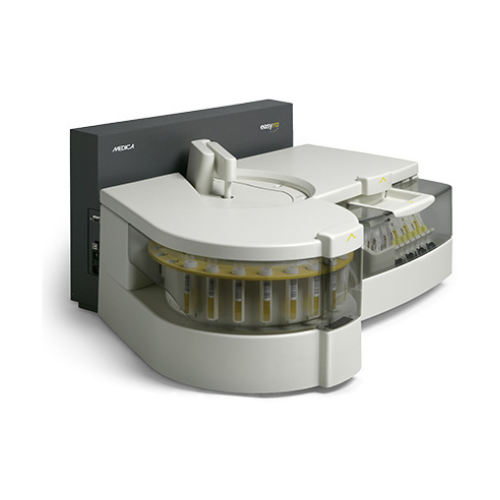For Business Use Only. Does Not Ship to Residential Addresses. For use inside an Analyzer, Sold Separately.
Thermo Kit Amph 100mL
Thermo Kit Amph 100mL
RECOMMEND SHIP UPS NEXT DAY AIR
Product Code: 0017
Manufacturer: Thermo Scientific
Shipping Weight: 2.00lbs (0.91kg)
Specifications
Control Sets: MGC Multi-Drug Controls
Description: DRI Amphetamine Drugs of Abuse Assays
Detectable Analytes: Amphetamine/Methamphetamine
DoA Calibrators: DRI Multi-Drug Calibrators
Quantity: 100mL
Storage Requirements: 2° to 8°C
Intended Use
The DRI® Amphetamines assay is intended for the qualitative or semi-quantitative determination of amphetamine and methamphetamine in human urine. The assay has cutoff levels of 500 and 1000 ng/mL. The assay provides a simple and rapid analytical screening procedure for detecting amphetamine and methamphetamine in urine on automated clinical analyzers. The assay is calibrated with methamphetamine.
Summary and Explanation of the Test
Amphetamines are synthetic derivatives of ephedrine. The most common amphetamines include d-amphetamine, d-methamphetamine, and d,l-amphetamine. They act as stimulants for the central nervous system. Amphetamine is the most sympathomimetic amine. When amphetamine is ingested, it is either rapidly deactivated in the liver or excreted unchanged into the urine. Other ephedrine derivatives such as methamphetamine can be metabolized and excreted in urine as amphetamine.
The DRI Amphetamines assay is a liquid ready-to-use homogeneous enzyme immunoassay. The assay uses specific antibodies, which can detect amphetamine and/or methamphetamine in urine with minimal cross-reactivity to various over-the-counter structurally unrelated compounds. The assay is based on the competition of an enzyme glucose-6-phosphate dehydrogenase (G6PDH) labeled drug and the drug from the urine sample for a fixed amount of specific antibody binding sites. In the absence of free drug from the sample, the specific antibody binds the drug labeled with G6PDH and causes a decrease in enzyme activity. In the presence of free drug, the free drug occupies the antibody binding sites, allowing the druglabeled G6PDH to interact with the substrate, resulting in enzyme activity. This phenomenon creates a direct relationship between drug concentration in urine and the enzyme activity. The enzyme activity is determined spectrophotometrically at 340 nm by measuring its ability to convert nicotinamide adenine dinucleotide (NAD) to NADH.











